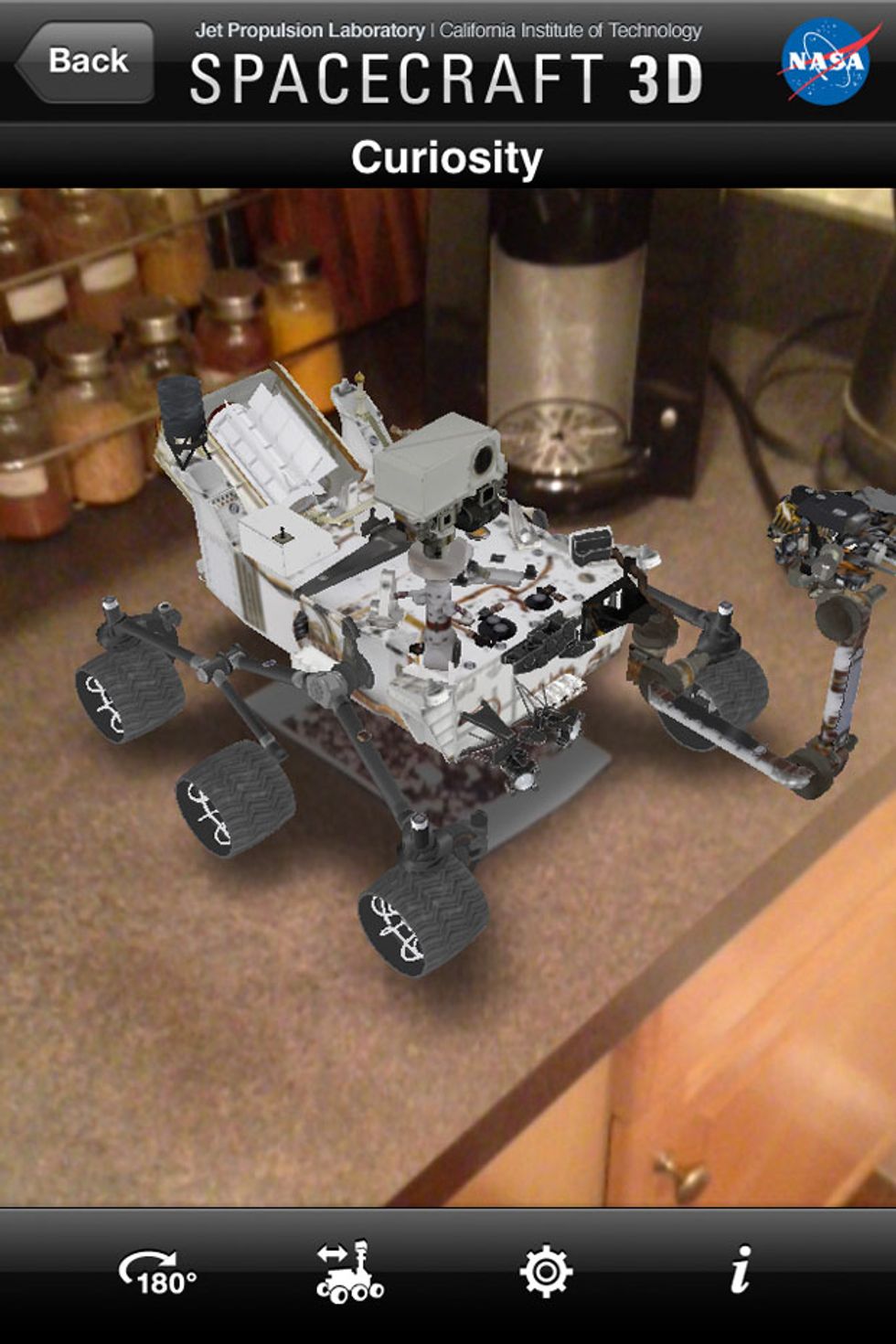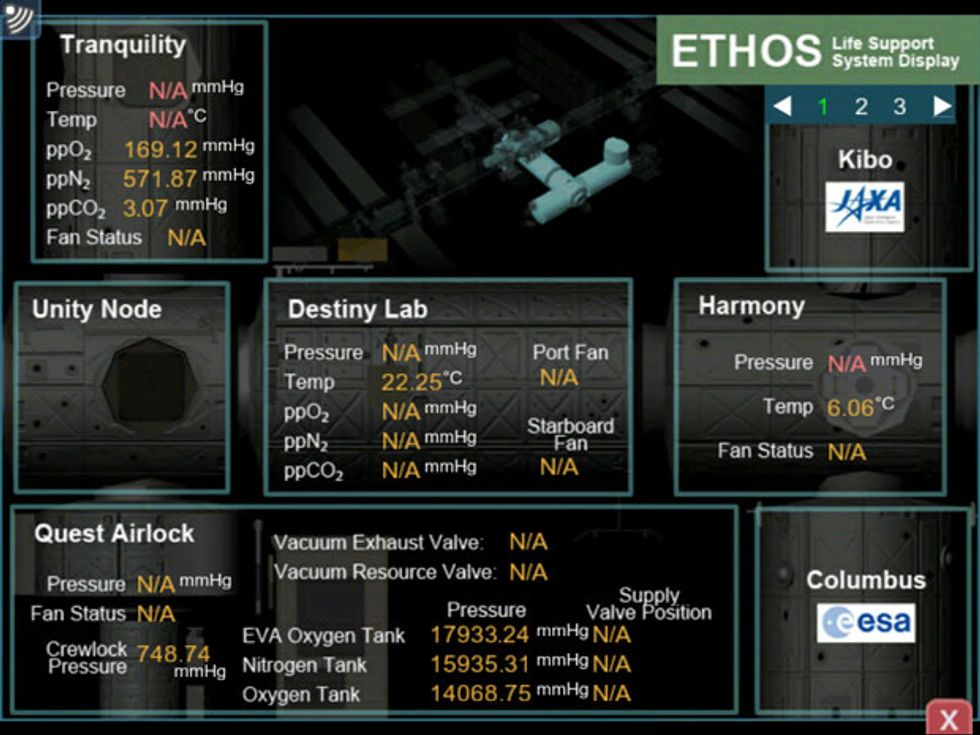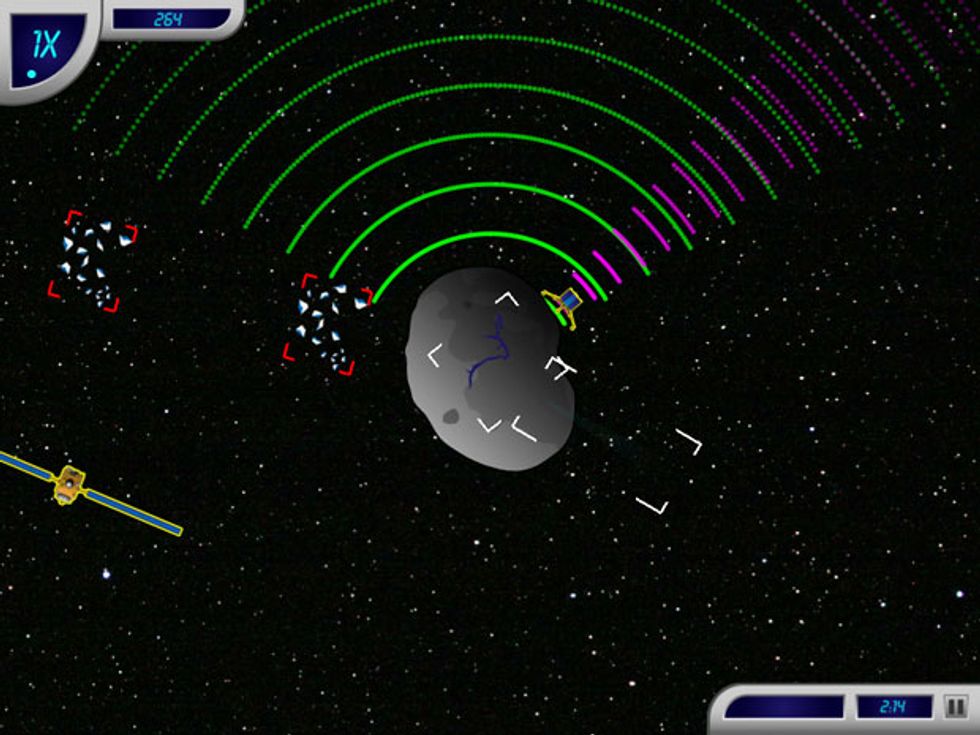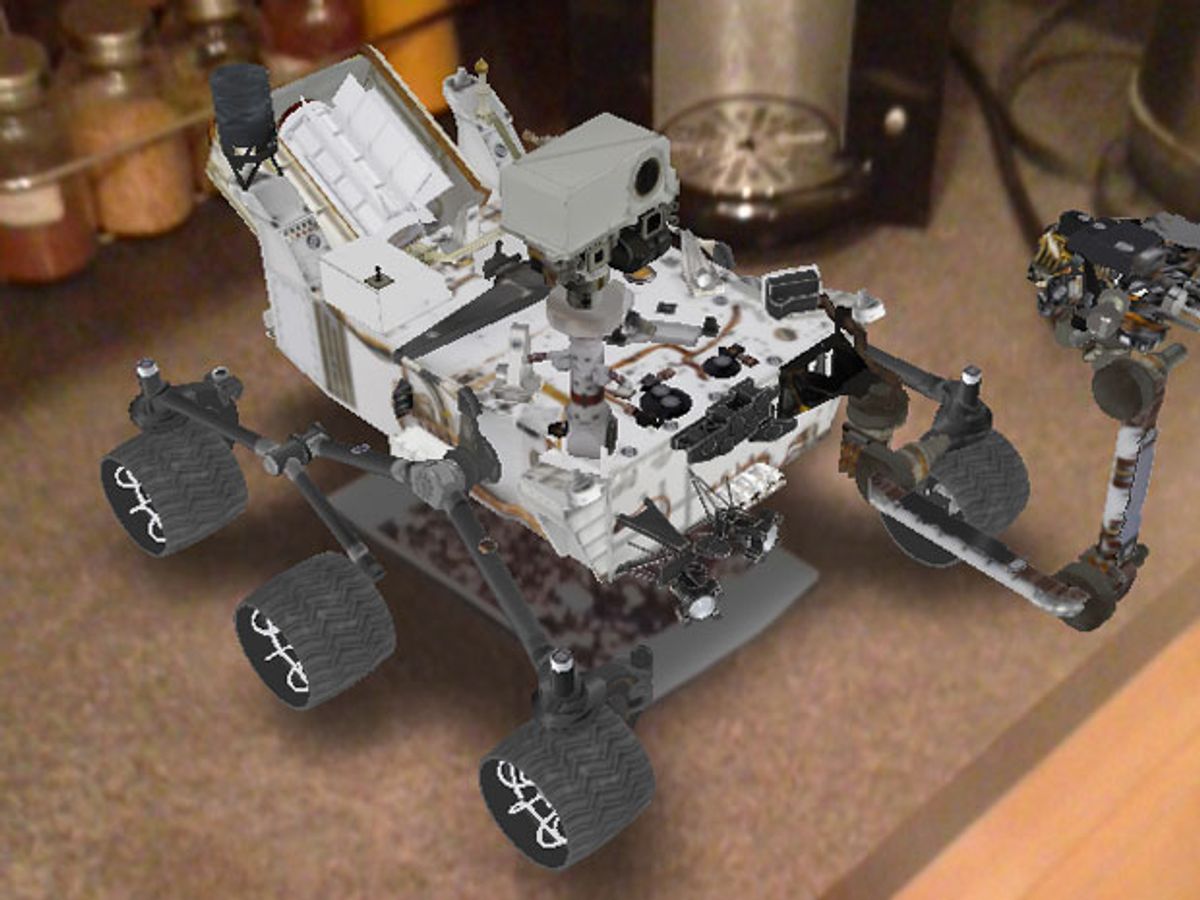
In 1997, the website for NASA’s Mars Pathfinder mission became an Internet sensation. But as the world has shifted from computers to smart gadgets, NASA has been increasingly using apps to reach the public. Some are tied to individual missions, while others educate users about scientific or engineering topics. Here are some notable examples:
Spacecraft 3D (iOS, free) is an augmented-reality app that lets users view 3-D models of 10 spacecraft, including the Curiosity rover, the Cassini orbiter, and the Hubble Space Telescope. First, you print out a paper target and place it on a surface. Then, via an iPhone or iPad camera, you can view the chosen spacecraft as it appears to hover above the target. Moving the phone or tablet around allows you to examine the craft from all angles.

With ISSLive (iOS, Android, free), you can peer over the shoulders of astronauts or mission controllers. In addition to viewing detailed 3-D models of the International Space Station as it appears above Earth at any particular moment, you can also call up the crew’s work schedule or visit a virtual mission control, which is constantly updated with live telemetry from the space station: For example, as of this writing, the temperature in the Destiny laboratory module was 21.68 °C, while the ISS’s urine tank level was at 41 percent.

Designed for younger users, Comet Quest (iOS, free) is a game focused on the European Space Agency’s Rosetta mission, which has a number of NASA instruments on board. Rosetta will orbit comet 67P/Churyumov-Gerasimenko in 2014 and deploy a small lander. Players must release the lander so that it touches down in a good spot. Then, as the Rosetta spacecraft orbits, users juggle observing the rotating comet, uploading data from the lander, relaying data back to Earth, and avoiding hazardous debris.
This article originally appeared in print as "The Final Frontier—on Your Phone."
